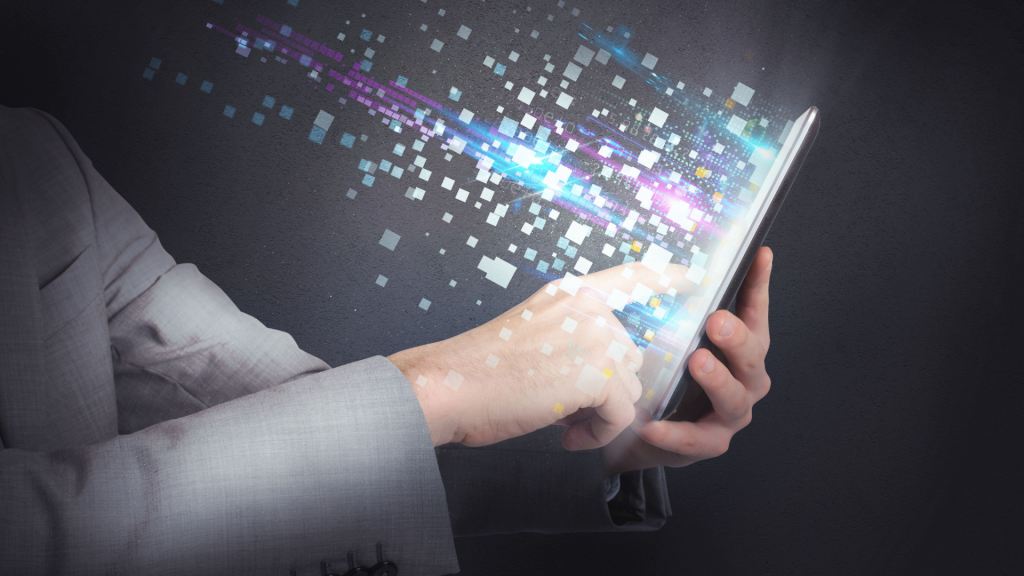
After a long day of work, you may want to relax by spending enjoyable time alone. However, even when you want to unwind, there are things you need to take care of, like switching on the lights, air conditioner, music, or the shower. Wouldn’t it be great if these tasks could be automated?
This is how the Internet of Things (IoT) impacts our lives, it has a wide range of applications including smart homes, smart watches, glasses, as well as in the commercial and public sectors.
Where does the IoT come from?
The concept of IoT first emerged in 1995 when Bill Gates published a book called “ The Road Ahead”. It was officially proposed by the International Telecommunication Union (ITU) in 2005. IoT refers to the data collected by the nearby transfer stations that transmit the information to the data processing center or the cloud through the chips in the devices for analysis and response.
In the other words, connecting devices and equipment through the Internet creates a connection which allows them to exchange information, respond and follow orders.
The Radio Frequency Identification (RFID) device is known as the early technology of the Internet. Nowadays, it has been applied in various areas such as human resources management systems, smart access door cards, and octopus cards. The card information can be read without any direct touch.
The main three layers of IoT
Application Layer
This layer responds to the needs of cloud applications in order to realize the use and management of application purposes. It helps provide the best service and increase management efficiency by storing, analyzing and utilizing data. Every home appliance and system with internet access functions can be controlled remotely through mobile apps such as door locks, refrigerators, temperature and light sensors.
Network Layer
This layer serves as a medium for transmitting data and sending instructions. It has the characteristics of converting between the networks communication protocols and the combination of the Internet. For example, 2G-5G mobile network, wired or fiber optic fixed broadband network, intermediate wireless coverage or connection (Wi-Fi, Bluetooth).
Perception Layer
IoT has the capability to sense and transmit data, which means the devices can be controlled or sensed by other equipment with the functions of communication, power or Internet connection. For instance, sensors that are attached to goods, vehicles or clothing can help detect changes in speed, distance, humidity, temperature and location.
IoT has numerous applications in various industries, including logistics, environmental monitoring, agriculture, and medical care. It helps with equipment automation, efficiency improvement, and energy saving, making it a valuable tool for businesses. In the next article, we will explore how IoT adds value to the commercial enterprises.

